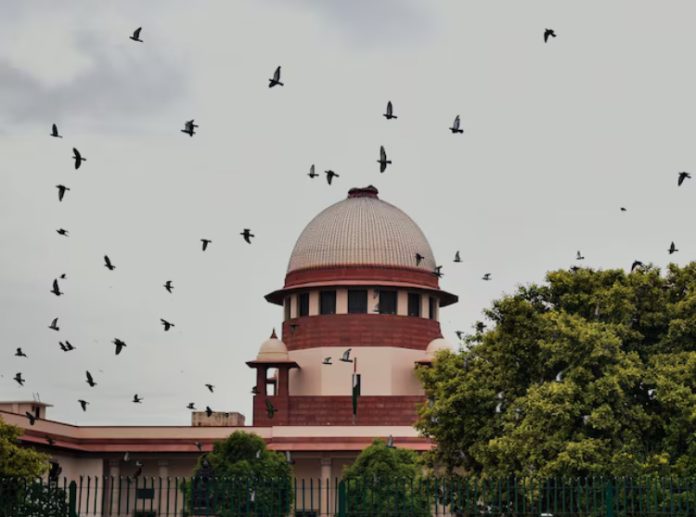By upholding Sec 6A of Citizenship Act, the Supreme Court (SC) has given a big blow to the ardent opponents of National Register of Citizens (NRC). In a landmark decision on October 17th, the Supreme Court of India has cleared a significant hurdle for the implementation of the National Register of Citizens (NRC).
With a 4:1 majority ruling, the Court directed both the central government and the state of Assam to proceed with the identification, detection, and deportation of illegal immigrants, as previously laid out in the Sarbananda Sonowal judgments.
For the Narendra Modi government, which has prioritized the NRC as part of its agenda, this ruling offers an opportunity to move forward more decisively. The effort to identify illegal immigrants, particularly from Bangladesh, had faced significant opposition during Modi's second term. But the Supreme Court's decision now strengthens the legal foundation for implementing this controversial measure.
What Does the Ruling Say?
The Court upheld Section 6A of the Citizenship Act, which grants citizenship to individuals who migrated to Assam before January 1, 1966. This provision was part of the Assam Accord of 1985, which aimed to address the issue of illegal immigration in the state. Critics had argued that Section 6A violated constitutional rights by creating an arbitrary distinction between migrants based on their date of entry.
However, the majority of the judges ruled that this distinction was not arbitrary but was instead a reasonable classification rooted in Assam's unique historical and demographic context. Justice Kant, one of the judges, emphasized that the state now has both the responsibility and the legal backing to identify and deport illegal migrants under the Foreigners Act and similar laws.
The Dissenting Opinion
Justice Pardiwala, the lone dissenting voice, raised concerns about the potential for certain communities to be marginalized by the ruling. He questioned whether it was fair to distinguish between migrants based on specific cutoff dates, a decision that could have deep social and political consequences.
Long-term Implications
This ruling has far-reaching consequences for Assam and other border states dealing with immigration issues. It reinforces the legal framework established by the Citizenship Act, making it easier for the government to proceed with its plans for the NRC. The decision also highlights the complexities surrounding immigration and identity in India.
From a political standpoint, the ruling is likely to fuel ongoing debates around the NRC and the Citizenship Amendment Act (CAA), both of which have been flashpoints in Indian politics. Supporters argue that these measures are necessary to address illegal immigration, while critics worry about their potential to marginalize certain communities.
What is Section 6A?
Section 6A, introduced through the Citizenship (Amendment) Act of 1986, offers a pathway to citizenship for people who migrated from Bangladesh to Assam before January 1, 1966. It also provides a process for those who entered between January 1, 1966, and March 25, 1971, allowing them to register with authorities to obtain citizenship.

Ram Kumar Kaushik is a seasoned journalist with over 25 years of experience across mediums. The architect of this news website, he is also a consultant with several media groups. He was formerly the group managing editor of ITV Network (NewsX, India News and The Sunday Guardian) and its digital products.



